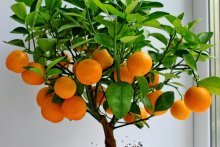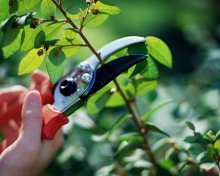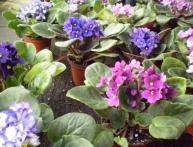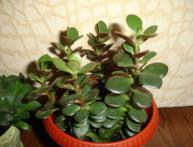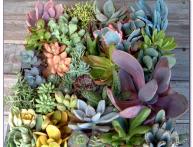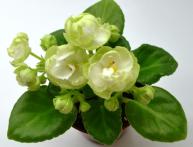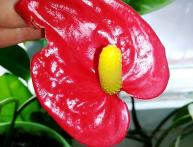Varieties and types for indoor citrus fruits, growing citrus fruits at home
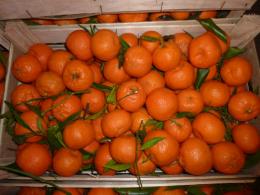
Various citrus crops have long been known to man. They have been actively cultivated for so long that it is not always possible to discover their wild ancestors in nature. Citrus fruits are most often cultivated in open ground in countries with tropical and subtropical climates, from where the fruits are supplied to all corners of the world. On the shelves of stores in any country are:
- oranges
- lemons
- tangerines
- grapefruits
Brightly colored fruits make growing citrus fruits attractive at home. When starting this exciting activity, you need to choose a species and variety suitable for cultivation in the room.
Content:
- Which citrus fruits are suitable for growing in pots?
- Conditions for indoor cultivation of citrus fruits
- Where to get planting material for growing citrus fruits
- Caring for citrus fruits indoors
Which citrus fruits are suitable for growing in pots?
Not only in Asian countries, but also in countries with cold climates, the tradition of growing indoor citrus fruits goes back several hundred years. Growing lemons is especially popular.
Indoor varieties of lemons
If you plant a lemon seed in the ground, it will definitely sprout. Sooner or later the sprout will turn into a fairly large tree, but most likely there will be no fruit on it. Special, indoor varieties of lemons are most suitable for growing in pots:
- Pavlovsky - a popular self-pollinating indoor variety with trees 1.0 to 2.0 m high, fragrant flowers, large fruits
- new Georgian - trees up to 1.5 m high, large flowers, flowering begins at the age of four years, produces fruits weighing up to 120 grams
- Maikop - a variety obtained as a result of folk selection, bears fruit abundantly, lives long
- Genoa - low trees, without sharp shoots, produces up to 50 fruits in the fifth year
The choice of varieties of indoor lemons is very large, which confirms the popularity of these plants among lovers of indoor floriculture. The assortment of other citrus fruits is somewhat more modest, but there is still a huge selection here.
Tangerines
Among all citrus fruits, tangerines are the easiest to tolerate low temperatures; the following varieties of tangerines are suitable for growing indoors:
- forged - Vasya - in indoor conditions, trees are no higher than 1 m, bloom and bear fruit from the second year
- Sochi 23 - fruits are bright, orange, slightly flattened, weighing up to 80 grams
- clementine - a hybrid of orange wren and tangerine
Oranges
Varieties oranges for growing in pots:
- Gamplin - dwarf plants no higher than 1.5 m, one of the best and most productive indoor oranges
- Kinglet pear-shaped - a popular orange with pear-shaped fruits
- Pavlovsky - the best indoor variety
- Adjarian seedless - fruits are bright, flat-round
In addition to the above citrus fruits, you can grow kumquat and its hybrids at home:
- Calomondin - a hybrid with mandarin
- orange - with orange
- limequat - with lime
Bitter oranges, grapefruits, and various hybrids also grow at home. Despite the fact that this list is far from complete, all citrus indoor crops require certain conditions.
Conditions for indoor cultivation of citrus fruits
As with all potted citrus plants grown indoors, the important conditions are:
- lighting
- temperature
- humidity
- the soil
Lighting and temperature
Like all plants from tropical and subtropical climates, citrus fruits require light. To grow them, it is best to choose windows oriented to the south, southwest, southeast. In cases where this is not possible, a pot with a citrus plant can be placed near any window with additional lighting.
For this, one fluorescent lamp is enough. In addition, among these crops there are also shade-tolerant ones. Like lighting, temperature conditions are very important for citrus crops. Moreover, the summer regime differs from the winter one.
Starting in spring, pots of citrus fruits should be kept in a room where the temperature does not drop below + 18. This will promote the formation of buds and the beginning of flowering. In winter, most citrus fruits should be grown at + 12 degrees. Tangerines can be kept at this time of year even at + 8. If seasonality in temperature conditions is not observed, then you may not wait for the formation of buds and full flowering.
Humidity and watering
The optimal humidity for most citrus fruits should be maintained at least 60%. On hot summer days, as well as in winter. with hot radiators, citrus fruits should be sprayed with warm water at least once a day. These plants respond well to a warm shower.
Water plants are needed as the soil in the pots dries 1/3. In winter, watering is quite rare; you can water citrus fruits once every 3-4 weeks, but without waiting for the soil in the pot to completely dry out.Since all citrus fruits are long-lived, the soil in the pot is suitable for growing them.
The soil
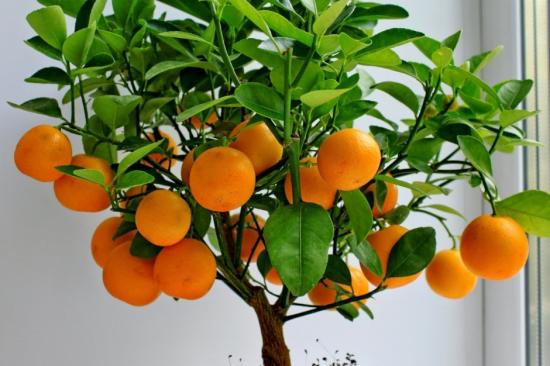
To fill the pot for citrus potted crops, you can purchase a ready-made mixture for these crops. If this is not possible, then you can prepare the soil yourself. For younger plants, the following composition is suitable:
- coarse sand or the finest gravel - 1 part
- well-rotted manure - 1 part
- earth, leaf, - 1 part
- earth, turf, - 2 parts
If the soil is needed for transplanting and growing an adult plant, over 5 years old, then a soil composition will be suitable in which there will be three parts of turf soil, and one part of all other components.
Where to get planting material for growing citrus fruits
Most often, planting material can be:
- buy
- obtained by cuttings
- grow from a seed
How to choose a citrus plant in a store
The most convenient planting material for growing citrus crops at home will be a young plant purchased in a special store. Important! You need to purchase a plant only from a trusted seller or manufacturer.
Most often, when purchasing a plant in a serious store, you can also receive recommendations on how to adapt it to new growing conditions. Try not to purchase a very mature plant with many already formed fruits. When purchasing, you need to inspect the leaves from the underside; these are the places that various pests love.
Video about growing citrus fruits in a room:
Also, the plant should not have serious mechanical damage. A small amount of ovary or adult fruit is acceptable. The optimal ratio is one fruit per 15 leaves. After acquisition, the fruits will have to be cut off.The plant should be kept in the purchased pot for a week, and then transplanted into a new one.
Rooting cuttings
To obtain a cutting, the shoot must be cut from a well-developed healthy citrus tree. The length of the cutting is about 10 - 12 cm, it should contain at least 2-3 buds. You should not take shoots that are too young or too old with dense wood.
The best time to take cuttings is April. Rooting can be done either in a glass of water or in soil consisting of earth and sand, covering the cutting with part of a plastic bottle. The roots appear in about 20 - 25 days. After this, the plant can be planted in a permanent pot.
Growing from seeds
Despite the fact that growing from seeds is most accessible to amateurs reproduction citrus fruits, the result is unpredictable. You can get a plant whose fruits will be inferior to the parent form, or you can get a new superior plant. However, it is also possible for a seedling obtained from seeds to have no flowers. The seeds germinate in about a month, and the seedling needs to be replanted at the 5-leaf stage.
Caring for citrus fruits indoors
Feeding
You should start feeding the plants in the spring. This is especially important for mature fruiting plants. The first two or three feedings with a difference of 14 days should be organic, and all subsequent ones should be mineral. For organic fertilizing, you can use ready-made vermicompost. For mineral fertilizing, a complex mixture for indoor flowers is suitable.
Transfer
As the pot develops, the plant needs to be transplanted into a larger container. The best time to transplant is the end of winter or the beginning of spring. Young plants are simply transferred to a new pot.Important! You should not replant a plant with flowers and fruits.
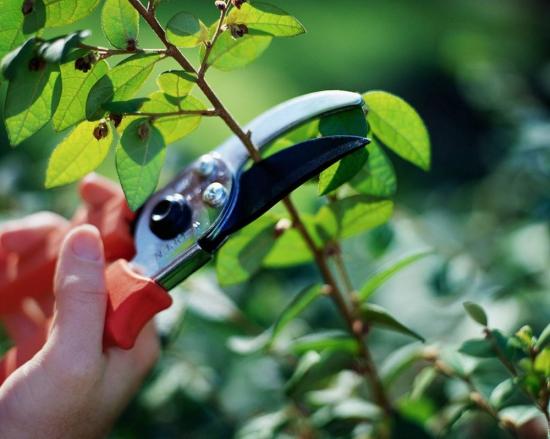
It is difficult to transplant large, mature plants from large tubs, but to renew the soil, you need to remove about 1/4 of the soil from above and replace it with new one.
Hygienic care
All citrus fruits do not tolerate the presence of dust on the leaves. You can remove dust with a clean damp cloth. In the summer, about once every 5 days, you can take a warm shower with citrus fruits. In addition to all of the above, in the summer, pots of citrus fruits can be taken out into the garden or onto the balcony.
Growing Eating citrus indoors is not only a fun, but also useful activity, since all citrus fruits clean the air in the room well and make it healthier for humans.

